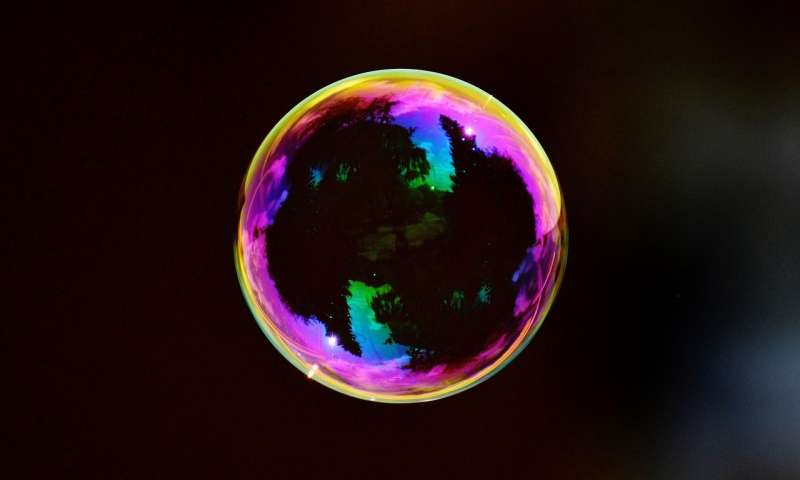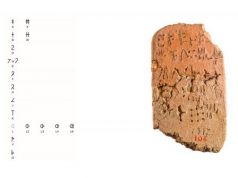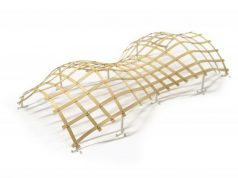Understanding the dynamics of bursting bubbles can provide critical insights for a range of fields from oceanography to atmospheric science, but the mechanisms that drive the final pop are complex and difficult to describe.
Now, researchers have developed a formula that describes the process, from the collapse of a bubble’s cavity to the creation of a jet of liquid that shoots from the bubble. The drops of fluid ejected by the jet form aerosols that collect above surfaces of everything from the ocean to a glass of sparkling wine. Because these aerosols play a critical role in many disciplines, including atmospheric science, understanding the conditions under which they form has been a goal of researchers for decades.
“Bubble bursting is ubiquitous in nature,” said Luc Deike, an assistant professor of mechanical and aerospace engineering and the Princeton Environmental Institute, who helped develop the new formula. “Better prediction of the bursting dynamics not only has broad practical applications in climate and human health, but also improves our fundamental understandings of collapsing cavities with singular behavior.”
Deike was one of the authors of a paper published online October 2 in Physical Review Letters that details the new method to describe bursting. The researchers’ formula, which applies to bubbles smaller than 5 millimeters in diameter, is able to describe the bubble and jet of liquid over time by using its size, the surface tension, the density and the viscosity of the fluid.
Provided by:
Princeton University
Find your dream job in the space industry. Check our Space Job Board »
More information:
Ching-Yao Lai et al. Bubble Bursting: Universal Cavity and Jet Profiles. Physical Review Letters (2018). DOI: 10.1103/PhysRevLett.121.144501
Image:
Credit: CC0 Public Domain











